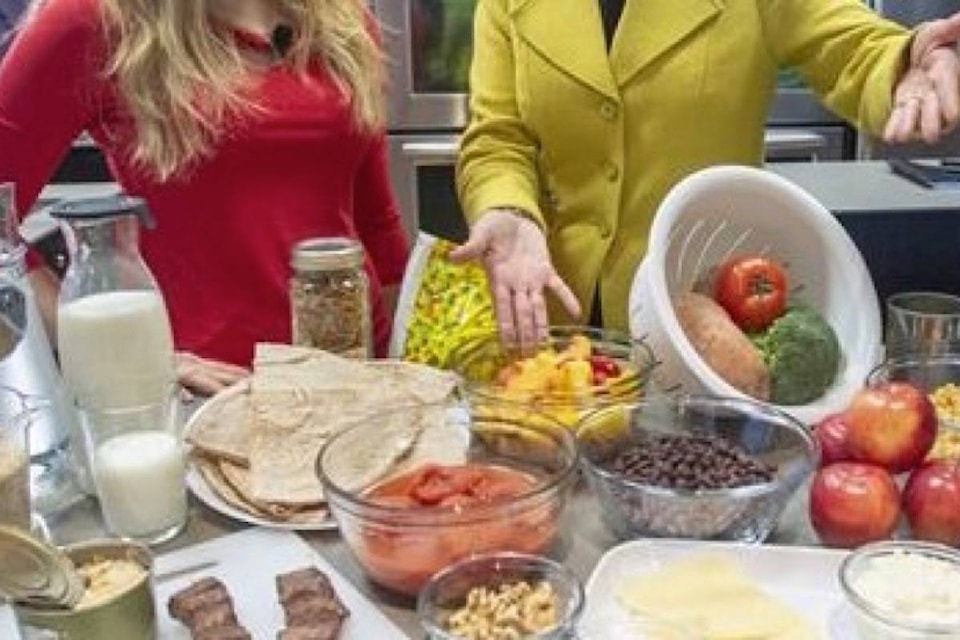A move by Ottawa to use Canada’s food guide to drill home the dangers of chronic alcohol use caught some nutrition and addiction experts by surprise, but they welcomed the tougher stance on an issue they say demands a co-ordinated strategy.
“It’s sort of been the elephant in the corner of the room,” says University of Guelph nutrition professor David Ma, university research leadership chair and director of the Guelph Family Health Study.
READ MORE: B.C. dairy farmers say milk cup is half full in new Canada Food Guide
“(For) those working in the cancer field in nutrition, there is awareness of the growing concern for alcohol and its relationship to obesity and cancers of various types. But it wasn’t as big a priority as other areas…. Alcohol is starting to float up to the top.”
Along with encouraging a diet full of fruits and vegetables and non-meat proteins, Canada’s first new guide in 12 years takes pointed aim at alcohol with a dedicated section that characterizes it as “a leading global health concern.”
It notes long-term consumption is associated with increased risk of many types of cancer including — liver, mouth, colorectal and breast, as well as other serious health conditions including hypertension and liver disease. It also billboards social problems associated with drinking, and the 3,100 deaths and 77,000 hospitalizations related to alcohol in 2016.
It ends by advising those who don’t drink to never be encouraged to start, and urging those who do drink to limit themselves to Canada’s Low-Risk Alcohol Drinking Guidelines. (That separate guide caps weekly drinks at 10 for women and 15 for men. It also states women should have no more than two most days, while men should cap it at three most days.)
The new food guide’s focus on drinking is in contrast to the 2007 edition, which only mentioned the high calories and sugar content as reasons to limit alcohol, arguments the current guide repeats.
It’s also in line with a broader shift in the food guide’s objectives, which now not only suggest what one should eat, but how one should eat — ideally with others, in conjunction with high levels of physical activity for youth and children, and with the awareness that your food choices impact the environment and long-term food supply.
Hasan Hutchinson, director general of nutritional policy and programs at Health Canada, acknowledged the change in a conference call with reporters this week, noting, “there has been, over the last several years, the awareness that there’s a substantial disease burden attributed to alcohol intake.”
“This is something that is part of a pattern of eating and drinking so we think that it’s very important to have this in the food guide,” Hutchinson said.
Cassandra Szklarski, The Canadian Press
